Delphine LaLaurie: A Haunting History in New Orleans
Introduction
The LaLaurie Mansion stands as one of the most infamous buildings of New Orleans today. The Mansion is shrouded in a dark history that continues to capture the public’s imagination. Situated in the historic French Quarter, this grand residence is notorious for its connections to particularly inhumane acts, perpetrated by its most infamous resident, Madame Delphine LaLaurie. Over the years, the mansion has earned a reputation as by far the most haunted house in New Orleans and one of the scariest places in America. It attracts curious visitors, and ghost hunters from far and wide. Its historical significance and chilling past make the LaLaurie Mansion a haunting symbol of the city’s complex and often dark history.
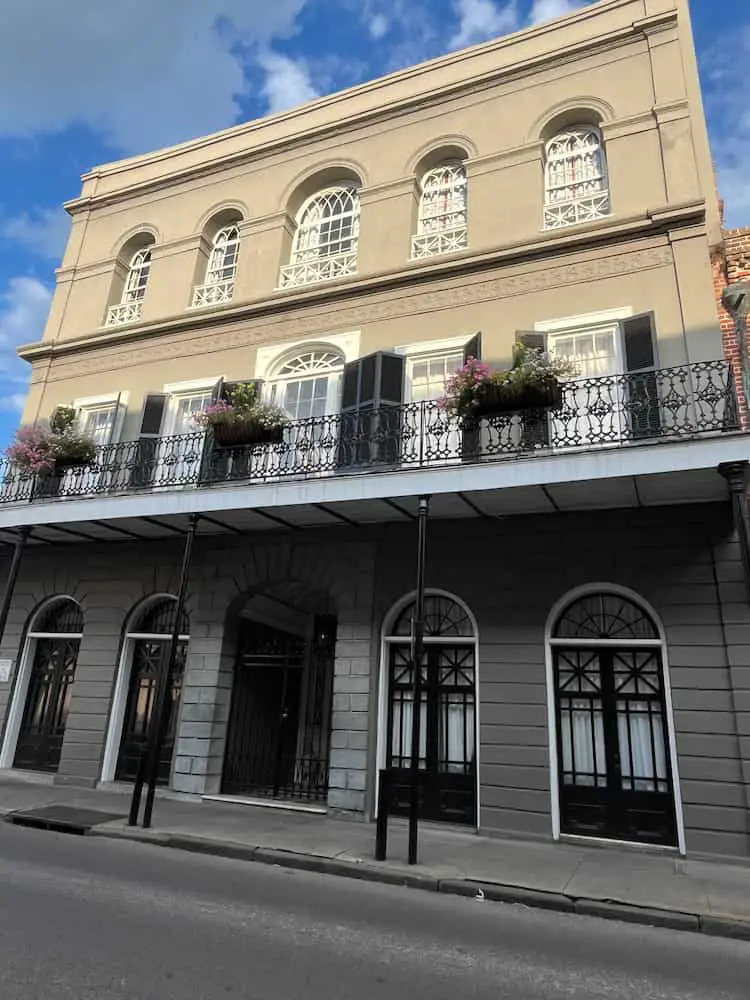
The Origins of LaLaurie Mansion
The LaLaurie Mansion, located at 1140 Royal Street, is a fine example of Creole townhouses that once dominated New Orleans’ architectural landscape. It was constructed in 1832 as a three-story mansion and it is a blend of the Federal and Creole architectural styles, with tall, narrow windows, ironwork balconies, and a stucco façade that reflects the grandeur of early 19th-century New Orleans.
It is situated in the heart of the French Quarter. There the mansion occupies a prime location in a neighborhood known for its vibrant history and cultural significance. The French Quarter is the oldest part of New Orleans, and that is where the French, the Spanish, and the Creole influences intertwine. The mansion’s location, amid the lively streets, cafes, and colonial-style buildings of the Quarter, belies the horrors that once took place behind its walls.
The Life of Delphine LaLaurie
Early Life of Delphine LaLaurie
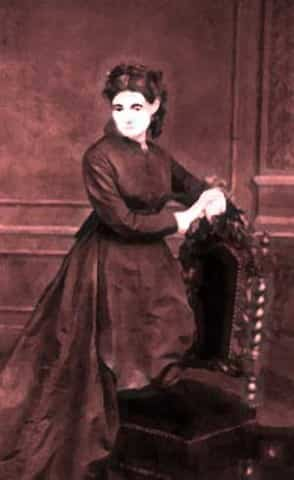
Marie Delphine Macarty was born on March 19, 1787. She was a member of one of New Orleans’ most prominent Creole families. Her family had deep roots in the city, tracing their lineage back to early European settlers, and were influential in the social and political circles of the time. She grew up in an aristocratic household, and she was very well-educated and familiar with the customs and luxuries of the upper class in New Orleans.
Marriages of Delphine LaLaurie
Delphine married three times, each marriage enhancing her social standing in New Orleans.
Her first husband was Don Ramón de Lopez y Angulo, a high-ranking Spanish royal officer, whom she married in 1800. Unfortunately, this marriage was cut short by tragedy when Don Ramón died suddenly while they were traveling to Spain.
In 1808, Delphine married her second husband, Jean Blanque, a prominent merchant and banker. Blanque’s wealth further elevated Delphine’s status, and the couple acquired significant property, including a luxurious home. However, Blanque passed away in 1816, leaving Delphine a widow for the second time.
Her third and final marriage was to Dr. Leonard Louis LaLaurie in 1825. Dr. LaLaurie, a French physician, was well-regarded in New Orleans, and the couple moved into the mansion on Royal Street, which would later become synonymous with horror. Despite outward appearances of wealth and respectability, Delphine LaLaurie’s private life concealed a disturbing reality.
Delphine LaLaurie’s Dark Secrets
Though Delphine LaLaurie was known in New Orleans society for her wealth and charm, rumors of her cruelty towards the enslaved people in her household began to circulate. Accounts from neighbors and contemporaries hinted at severe mistreatment, but little action was taken, as it was common for those in power to turn a blind eye to the mistreatment of enslaved people.
However, in 1833, Delphine’s violent tendencies became more widely known when a young enslaved girl reportedly fell to her death from the roof of the mansion while trying to escape a beating. Despite this tragedy, Delphine continued her life as a respected socialite, until a devastating fire exposed the horrifying extent of her cruelty.
The 1834 Fire and Its Aftermath
The Fire at LaLaurie Mansion
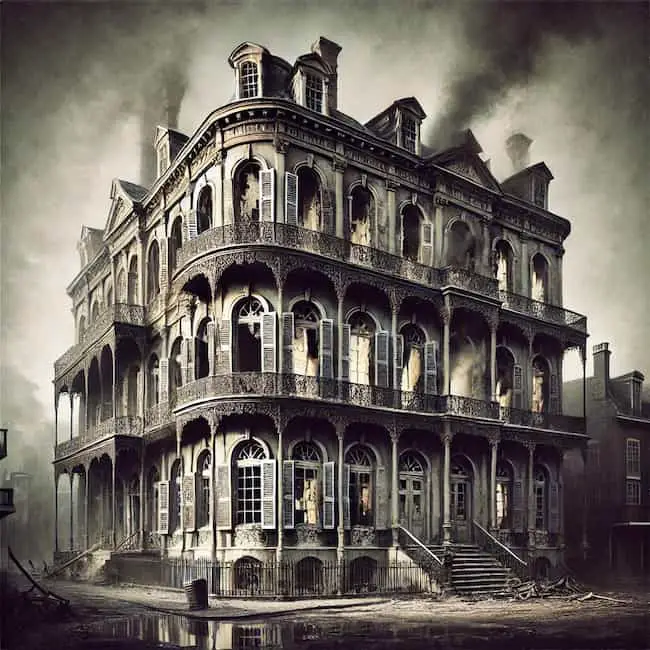
On April 10, 1834, a fire broke out in the kitchen of the LaLaurie Mansion, quickly spreading through the house. As flames engulfed the building, neighbors called the fire brigade who rushed to the scene. Every onlooker was also eager to assist in putting out the fire and help in any way to save the people inside the house. When they entered the still-smoking Mansion they continued their search for survivors in every corner. What they discovered, however, shocked even the most hardened citizens of New Orleans.
Discovery of the Torture Chamber
The rescuers forced their way into a locked room in the attic of the mansion. Inside, they discovered a gruesome scene that would forever stain the legacy of Delphine LaLaurie. Enslaved men and women were found chained and shackled, many of them mutilated and in unspeakable conditions. Many had been starved while others showed signs of beatings and abuse over extended periods of time.
The discovery sent shockwaves through the community. Although the mistreatment of enslaved people was not uncommon during this period, the sheer brutality of LaLaurie’s actions stunned even those who were accustomed to the cruel institution of slavery.
Escape and Exile of Delphine LaLaurie
As word of the horrifying discoveries spread, an outraged mob gathered outside the mansion, demanding justice. Delphine LaLaurie, however, managed to escape the mob’s wrath. She fled the city, reportedly aided by her family, and eventually made her way to Paris, where she lived out the rest of her life in relative obscurity.
Though rumors of her return to New Orleans persisted over the years, it is widely believed that Delphine LaLaurie remained in France until her death in the late 1840s. The LaLaurie Mansion, left abandoned after the mob’s rampage, soon gained a reputation for being haunted, with many believing that the tortured souls of those who perished there still lingered.
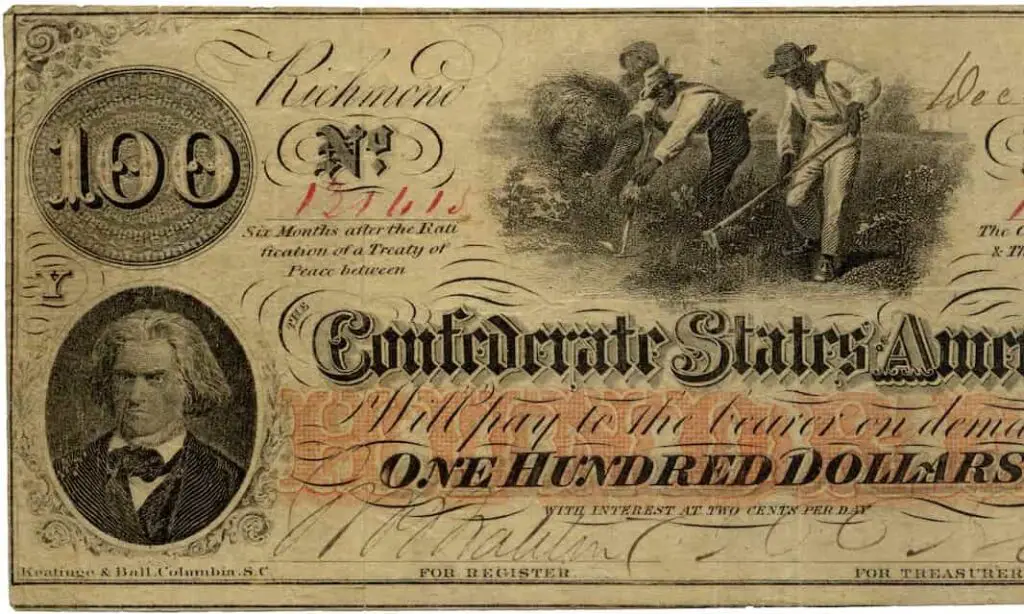
Hauntings and Paranormal Activity
Hauntings at LaLaurie Mansion
The LaLaurie Mansion quickly became known as one of the most haunted locations in New Orleans, with numerous reports of ghostly encounters and unexplained phenomena over the years. Visitors to the mansion have claimed to hear the disembodied screams and cries of the enslaved people who suffered within its walls. Others have reported sightings of ghostly figures, particularly those of children, and a woman believed to be Delphine LaLaurie herself.
Many who have lived in or visited the mansion describe an overwhelming sense of dread or discomfort, with some even fleeing the building in fear. These stories have only fueled the mansion’s dark reputation, cementing its status as a paranormal hotspot.
Ghost Tours and Investigations
Today, the LaLaurie Mansion is a popular stop on many ghost tours in New Orleans, attracting both curious tourists and serious paranormal investigators. Numerous television shows and paranormal investigators have explored the mansion, documenting strange occurrences and attempting to uncover evidence of the supernatural.
While the mansion remains privately owned and closed to the public, its facade and the stories associated with it continue to draw thousands of visitors each year. The mystery and horror of what transpired within its walls make it a compelling destination for anyone interested in the macabre side of New Orleans’ history.
LaLaurie Mansion in Popular Culture
LaLaurie Mansion in Media
The haunting story of Delphine LaLaurie and her mansion has inspired numerous portrayals in popular culture, particularly in television, movies, and books. One of the most famous depictions came in the third season of the hit TV show American Horror Story: Coven, where actress Kathy Bates portrayed a fictionalized version of Delphine LaLaurie. This portrayal brought the dark history of the mansion to a new audience, renewing interest in its chilling legacy.
The mansion has also appeared in various documentaries and ghost-hunting shows, often portrayed as one of the most haunted locations in America. The gruesome history and tales of paranormal activity make it a captivating subject for horror enthusiasts and history buffs alike.
Cultural Impact
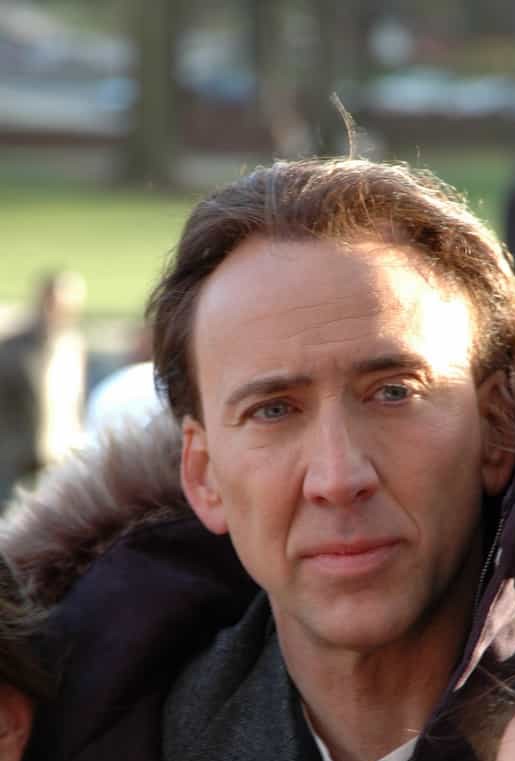
The story of LaLaurie Mansion has had a lasting impact on both the local culture of New Orleans and the broader understanding of the darker aspects of American history. The mansion serves as a grim reminder of the cruelty and horrors of slavery, as well as the dark undercurrents that can run through even the most beautiful and opulent places.
Its legend has grown over the years, becoming a key part of New Orleans’ rich cultural tapestry. For many, the mansion symbolizes the city’s ability to confront its painful past while embracing its vibrant and often haunted present.
Nicolas Cage owned it for a few years.
In 2007, the actor purchased the LaLaurie Mansion, drawn to its reputation as one of the most haunted locations in America… And of course, by his personal and unstoppable real estate hype. Cage, known for his interest in the paranormal and eccentric properties, owned the mansion for only a few years. In 2009, the IRS slapped the actor with a $6.2 million tax lien. That, together with a real estate crash, and several lawsuits forced the actor to sell off more or less everything he owned.
Cage never lived in the mansion. Still, his connection to the mansion continues to be a notable part of its recent history.
Visiting LaLaurie Mansion Today
Tour Information
While the LaLaurie Mansion is not open to the public, its iconic facade can be viewed from the street, and it remains a must-see for visitors to the French Quarter. Numerous ghost tours include the mansion on their routes, offering visitors a chance to learn about its dark history and hear chilling tales of paranormal activity. But only from the outside. No ghost tours are allowed into the mansion.
The present owner has made it quite clear since moving into the house in 2013 that he will not take part in any ghost activity, let alone open his home to visitors. He values his privacy.
Preservation Efforts
Although the mansion has undergone several changes in ownership over the years, there have been ongoing efforts to maintain and preserve the structure. Given its historical and architectural significance, the LaLaurie Mansion remains an important landmark in New Orleans. Preservationists continue to work to ensure that the mansion remains a part of the city’s heritage, while also honoring the stories of those who suffered within its walls.
Conclusion
The LaLaurie Mansion stands as a testament to the complex and often painful history of New Orleans. Its beautiful facade hides a legacy of horror, cruelty, and suffering that has left an indelible mark on the city’s history. Yet, it is this very darkness that continues to captivate and intrigue those who visit.
As one of the most haunted and historically significant locations in the United States, the LaLaurie Mansion embodies the duality of New Orleans itself: a city that thrives on its vibrant culture and lively spirit, while never forgetting the shadows of its past. The mansion’s legacy endures, both as a cautionary tale and a cultural touchstone, ensuring that it remains a place of fascination and reflection for generations to come.